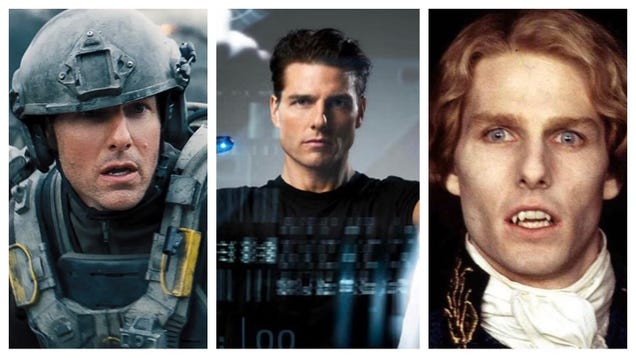You will know already if you were a backer of the project, but Wild Skies: Liberating Strife is done and set out to everybody. It’s available at fine retailers everywhere and has even been reviewed. It’s March and I feel like I have not come up for air since I started putting the Liberating Strife manuscript together in August of last year. Well, I am taking this moment to breathe. *three deep breaths*
When we chose to set the first Wild Skies book in Europe we always knew “The America Book” was going to be the next one we did. Being two “Yanks” ourselves, it only made sense. We took the same assumptions about the period and the technology level we want for the Wild Skies world and adjusted everything to an America context. What if everything Nikola Tesla said he could make actually got made? What if there was no “trust busting” and bigger and bigger companies unified into one mega-corporation? What if American politics of the period was stanch isolationism backed by the highest level of tech in the world – all leased to the army and air navy by said mega-corporation? Well, that’s the America we present in Liberating Strife.
That was what Brandon and I brought to the table. This was bigger than our previous project with two additional writers brought on. To over-simplify their contributions, John Kennedy was our “company and dissidents” specialist and Josh Sinsapaugh was our “culture and counter-culture” expert. The depth of research those two went to and the results they produced fill me with joy. Instead of just giving players a bunch of American tech and some American animals, this book paints an almost complete picture of the United States of American in this alternate reality diesel punk time line. Corporate structure of the United Dennington Trust; it’s there. Boardroom politics at the highest levels; covered. The popular and underground music scenes; explained. Traveling the roadways and airways; yes. All the countries of North America; have their own section. This is a 130 page book and it’s page 67 before you get to anything with game statistics; before that it’s all world information. Considering three of the four main writers grew up with Palladium’s Rifts* Wold Books, maybe it’s not a surprise.
The book also has a lot of great art in it. Showcasing art is another thing we get from the game books which are our roots. The cover by Chuck Walton and Eduardo Domínguez is another great one. Inside, in addition to another slate of great pieces from Mike Mumah of animal people doing all the things (shout out to my favorite, the Jazz Age party on page 87) and Aspen Aten doing another map for us and Brian Manning’s work on the weapons and vehicles, we have 30s-looking national parks posters from Steven Wu and action scenes by Steven Cummings. All together Wild Skies: Liberating Strife doesn’t just give you some stuff from America, it lets you play Wild Skies in America.
Case in point: In January I ran a game of Wild Skies using some adventure seeds we had sent to Kick Starter backers right after we funded and the pre-gen characters in the book. I was laying awake in bed the night before thinking about the game and trying to account for everything the players might want to do. I knew my game was full of people who had signed up specifically to play Wild Skies – I knew they would want to test the full potential of the game. As I lay there, I feel like I went through all the stages up to cosmic brain, because with all the material in the book flashing through my head and all the sessions I have run over the last few years I knew I could handle any situation which came up. If they wanted to go on a road trip, or try to take over a night club or ride the rails, or become air pirates, or stay in the work camp and investigate the original mystery, I could run that. When it came to it the next day, I could indeed run it and we had a great time. People like a game I helped create! It’s an amazing feeling.
Wild Skies: Liberating Strife is Wet Ink Games product number WIG-108, which means there are 9 Wild Skies products out there now. I haven’t talked about them all here so be sure to check them all out on DriveThruRPG.
Dimensional Lumber Tape Measure
2 days ago













